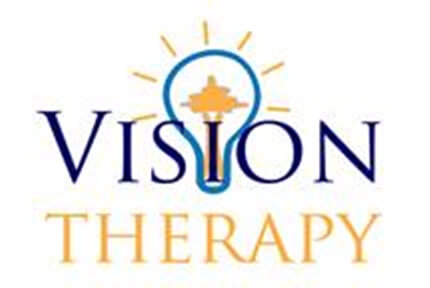 Are your post-concussion symptoms still bothering you weeks, months or even years after your concussion? If that's the case, you're not alone. Following a brain injury, up to 90% of patients develop vision problems.
Are your post-concussion symptoms still bothering you weeks, months or even years after your concussion? If that's the case, you're not alone. Following a brain injury, up to 90% of patients develop vision problems.
If you or a loved one has experienced a brain injury and is struggling with visual problems, contact Vision Therapy Institute of Calgary in today. We can help.
What is a Concussion?
A concussion is a type of traumatic brain injury (TBI) caused by a blow, bump or jolt to the head that causes the head and brain to move back and forth rapidly. This movement causes brain tissue to shift shape, stretching and damaging brain cells.
This results in chemical and metabolic alterations within the brain that make it more difficult for cells to operate and communicate. Since the brain is the body's control center, concussions can have far-reaching consequences.
Common symptoms of a concussion include:
- Nausea
- Headache
- Dizziness
- Loss of focus
- Lightheadedness
- Sensitivity to light
- Attention difficulties
How Does a Concussion Impact Vision?
Post Trauma Vision Syndrome (PTVS) can persist long after a concussion.
Most of the time, the concussion and PTVS will not alter the eyes' health but will impact the communication between the brain and the eyes. Since our eyes are controlled by the brain, when someone suffers from a brain injury, their visual system's functioning can be severely affected.
The visual symptoms of PTVS include:
- Blurred vision
- Double vision
- Low blink rate
- Depth-perception issues
- Difficulty with eye tracking
- Sensitivity to light (photophobia)
- Eyestrain, especially while reading or using a computer
Fortunately, neuro-optometric vision rehabilitation, a series of customized exercises specifically designed to retrain the neurological processes of the brain, can help eliminate or at least reduce visual PTVS symptoms and allow you to resume your daily activities and improve your quality of life
What is Neuroplasticity?
Neuroplasticity is the brain’s ability to change and adapt in response to new experiences
It enables us to establish new neural pathways every time we learn something new. The brain transmits electrical impulses down neural pathways whenever we think, feel, or perform an action. Therefore, when we learn new skills or perform an action in a new way, the brain creates a new pathway to transfer these impulses.
We can then strengthen these new neural pathways and enhance the brain's functioning the more we practice these new actions.
New behaviors not only increase those neural connections; they also weaken the old ones, allowing us to more permanently adjust to these changes.
How Does Neuroplasticity Relate to Vision?
The discovery of neuroplasticity in the brain has been significant, particularly in the fields of developmental optometry and neuro-optometry.
Thanks to neuro-optometric rehabilitation therapy, the brain can rewire and retrain itself, enabling the visual system to work better and reducing the visual symptoms of PTVS.
Have you or a loved one sustained a concussion or other brain injury? Your neuro-optometrist will design a customized neuro-optometric rehabilitation program suited to your individual needs so you can enjoy a higher quality of life. Contact Vision Therapy Institute of Calgary to learn more and to book your appointment
Our practice serves patients from Calgary, Bridgeland , Macleod Trail, and Panorama Hills, and surrounding communities.
Q: Can neuro-optometric rehabilitation treat other vision problems?
- A: A wide range of vision issues induced by a TBI or neurological condition can benefit from neuro-optometric therapy, including:
- - Visual field loss
- Loss of central vision
- Strabismus (eye turn)
- Convergence insufficiency
- Inability to properly focus and fixate on things
- Difficulty tracking and scanning
Q: What is neuro-optometric rehabilitation?
- A: Neuro-optometric rehabilitation is a custom-made therapy program that aims to help patients regain and improve their vision and visual skills following any type of neurological injury.

